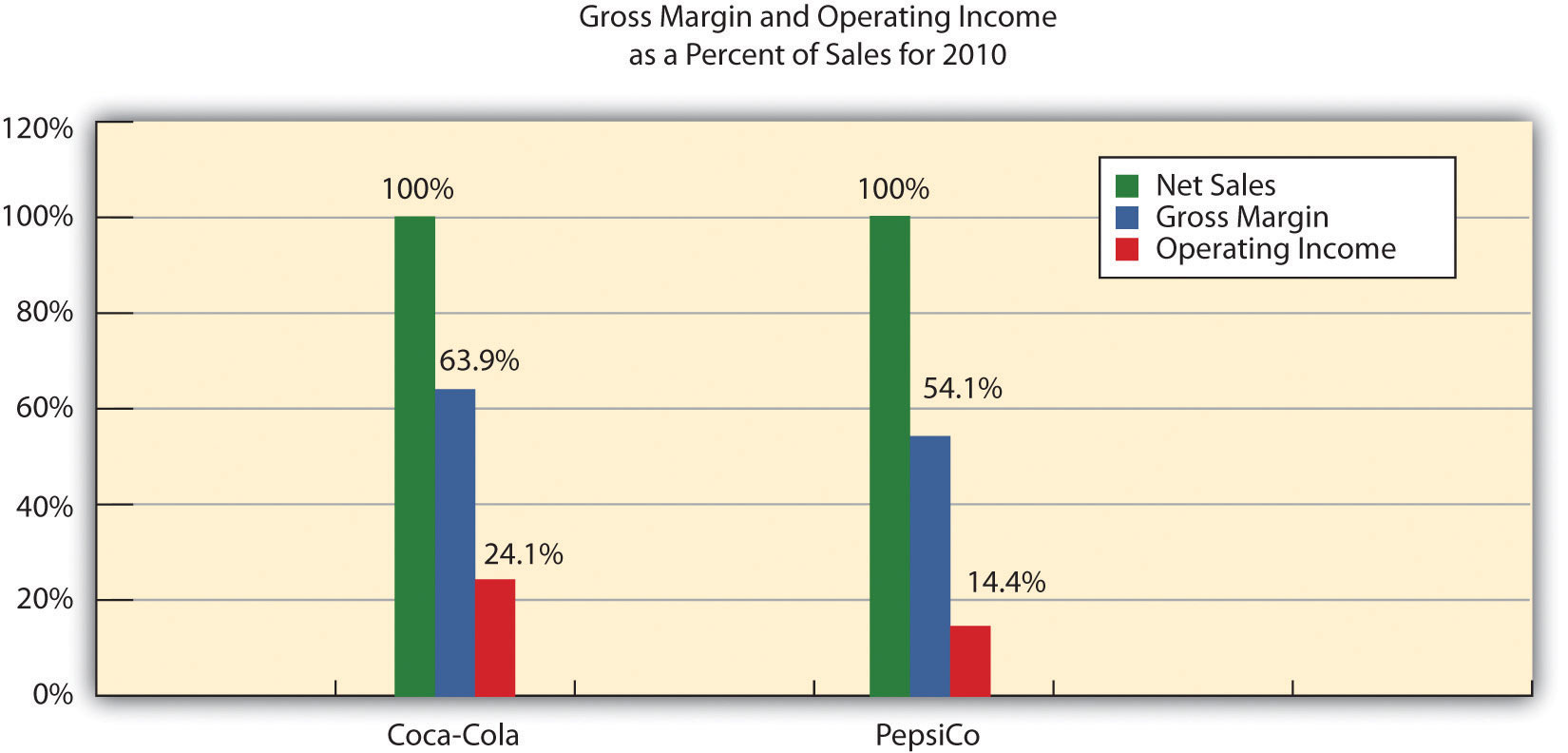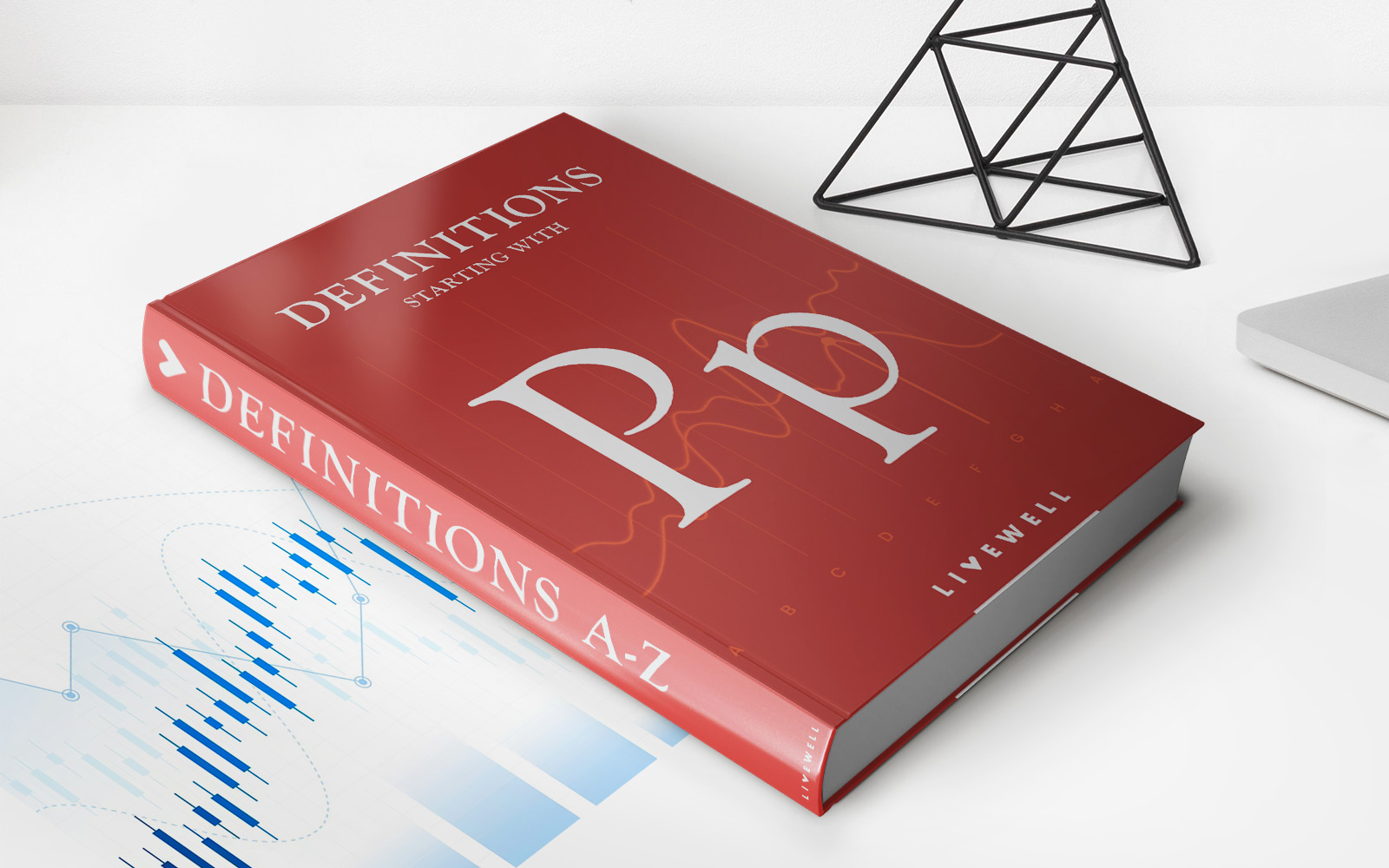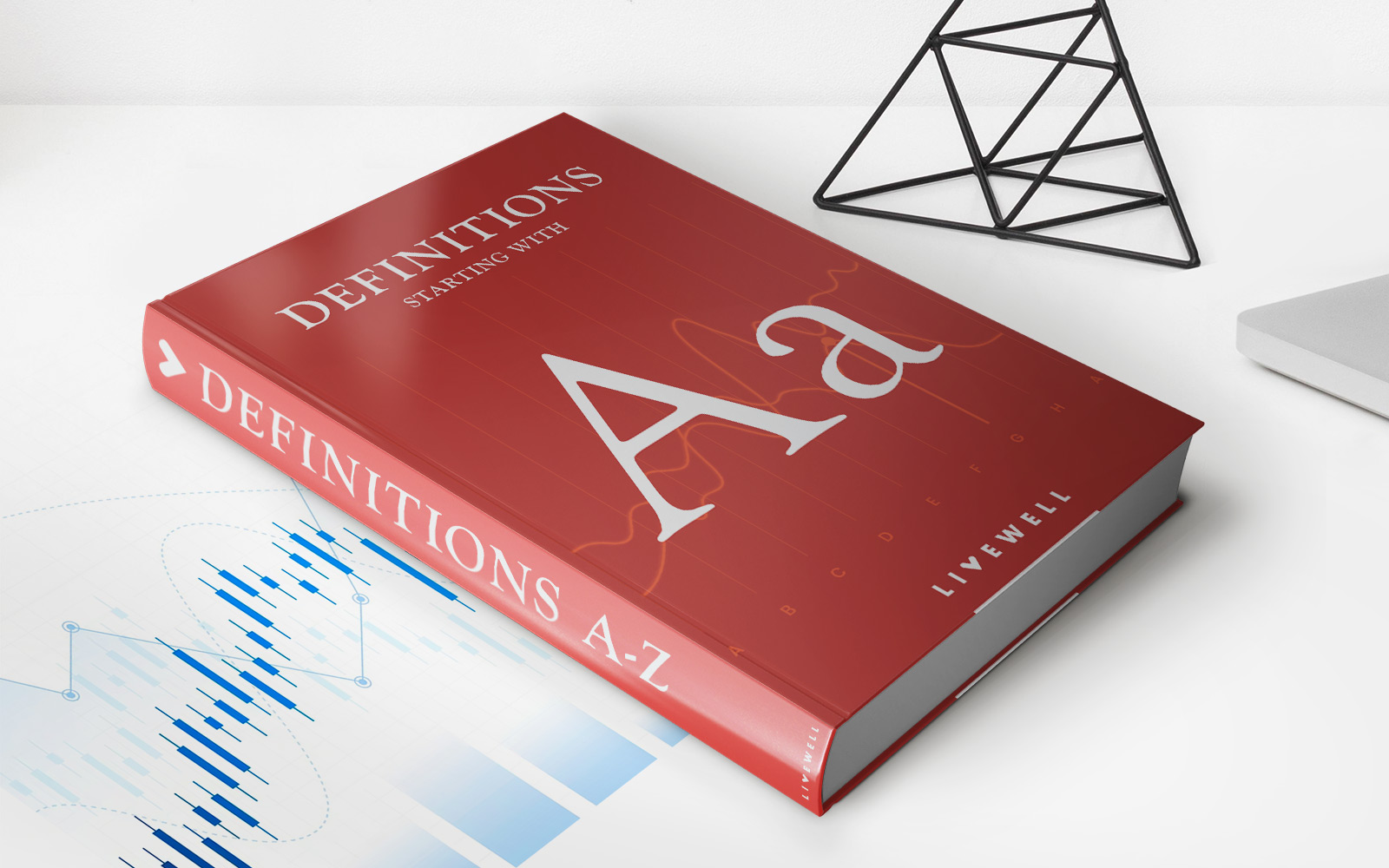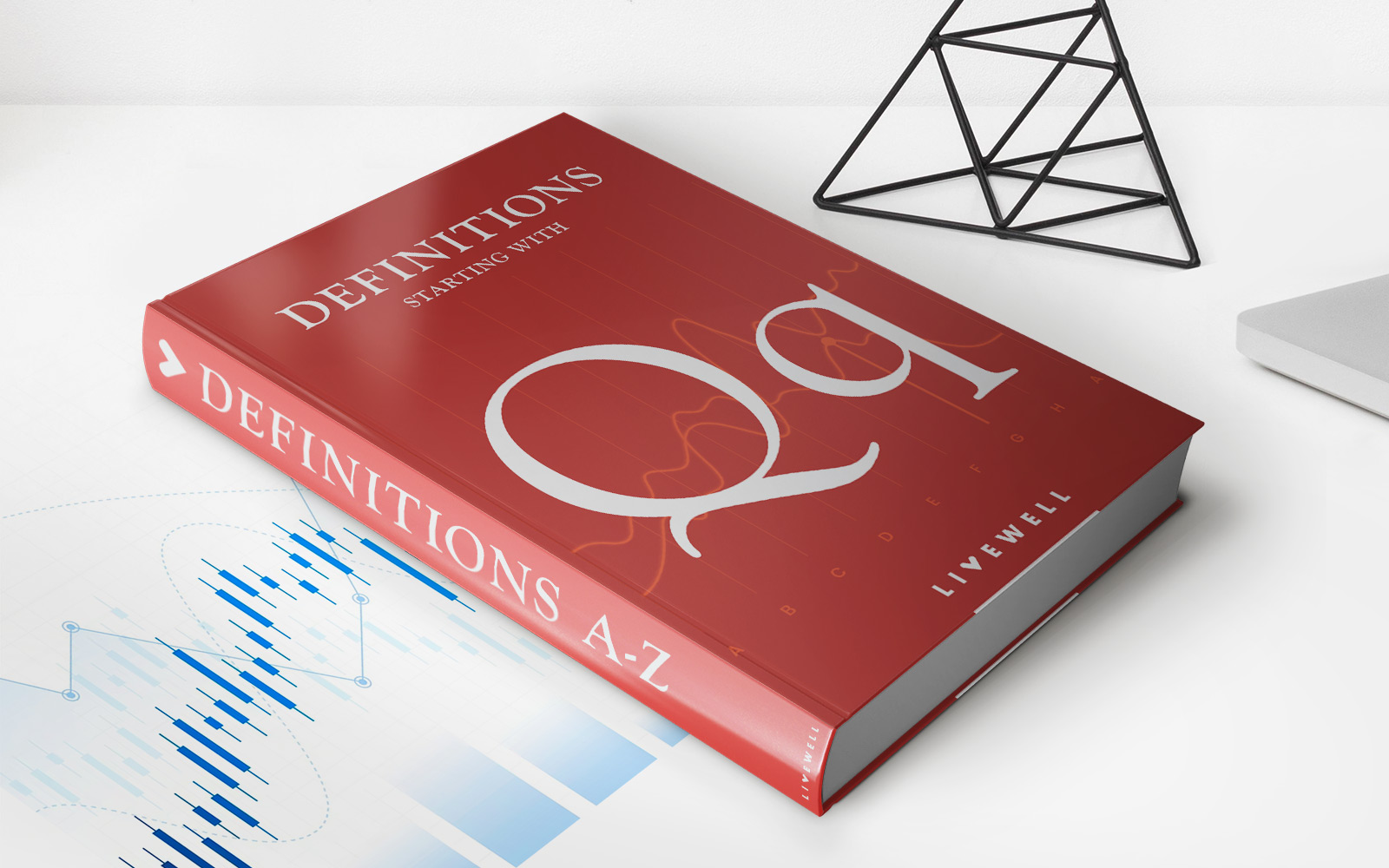Home>Finance>Account Statement: Definition, Uses, And Examples
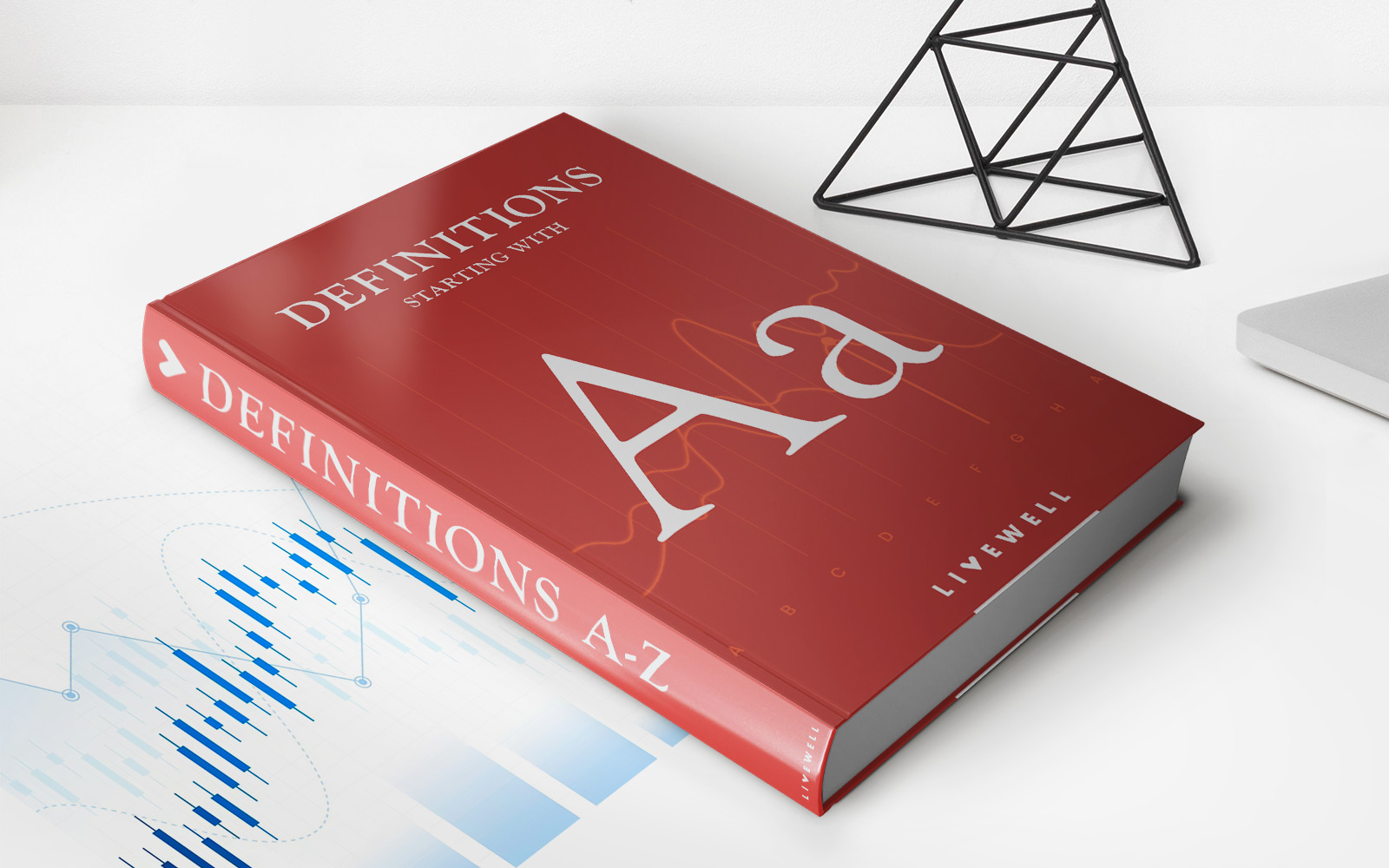

Finance
Account Statement: Definition, Uses, And Examples
Modified: October 10, 2023
Learn what account statements are in finance, how they are used, and explore examples of different types of account statements.
(Many of the links in this article redirect to a specific reviewed product. Your purchase of these products through affiliate links helps to generate commission for LiveWell, at no extra cost. Learn more)
Understanding Account Statements: Definition, Uses, and Examples
When it comes to managing our finances, having a clear understanding of our accounts is crucial. One such tool that helps us track our financial transactions and keep our finances in check is the account statement. In this blog post, we will dive into the world of account statements, exploring their definition, uses, and providing real-life examples to help you grasp their importance in managing your finances.
Key Takeaways:
- An account statement is a document that summarizes the financial transactions and activities that have occurred within a given period for a specific account.
- Account statements are widely used by individuals, businesses, and financial institutions to track transactions, monitor cash flow, and reconcile accounts.
What is an Account Statement?
An account statement, sometimes referred to as a bank statement or financial statement, is a document that provides a summary of the financial activities within a specific account. These accounts can include bank accounts, credit card accounts, investment accounts, or any other type of financial account.
The account statement typically covers a specific period, such as a month or a quarter, and includes detailed information about incoming and outgoing transactions, account balances, fees, and interest earned or charged. It presents a snapshot of the account’s financial status during that period, helping individuals and businesses stay informed about their financial activities.
Uses of Account Statements
Account statements serve several important purposes in managing our finances:
- Tracking Transactions: Account statements provide a comprehensive record of all transactions that have occurred within a specific account. By regularly reviewing these statements, individuals can track their expenses, monitor their spending habits, and identify any unauthorized or suspicious activities.
- Monitor Cash Flow: Account statements help individuals and businesses monitor their cash flow by providing a clear overview of incoming and outgoing funds. This allows for better financial planning, ensuring that there are sufficient funds available to cover expenses and make strategic financial decisions.
- Reconciling Accounts: Account statements play a vital role in reconciling accounts. By comparing the transactions and balances listed on the statement with one’s own records, individuals can identify any discrepancies, errors, or fraudulent activities. This process is crucial for maintaining accurate financial records.
- Tax and Audit Purposes: Account statements are also essential for tax preparation and audit purposes. They provide documented proof of financial activities, which can be used to support tax deductions, verify income, or address any questions or concerns during an audit.
Example of an Account Statement
To give you a better idea of what an account statement looks like, let’s take an example of a bank account statement:
Account: ABC Bank Checking Account
Period: July 1, 2022 – July 31, 2022
- Starting Balance: $2,500.00
- Deposits:
- July 5: $500.00
- July 15: $1,000.00
- July 25: $750.00
- Withdrawals:
- July 10: $200.00 (ATM Withdrawal)
- July 20: $150.00 (Online Purchase)
- July 30: $100.00 (Check Payment)
- Ending Balance: $3,800.00
This example account statement provides a clear breakdown of the starting balance, deposits, withdrawals, and ending balance for the given period. It allows the account holder to understand their cash flow and keep track of their financial activities.
Conclusion
Account statements are essential tools in managing our finances efficiently. By providing a comprehensive summary of financial transactions within a specific account, they enable individuals and businesses to track their expenses, monitor cash flow, reconcile accounts, and meet tax and audit requirements. By regularly reviewing account statements and staying informed about our financial activities, we can make well-informed financial decisions and maintain control over our finances.


